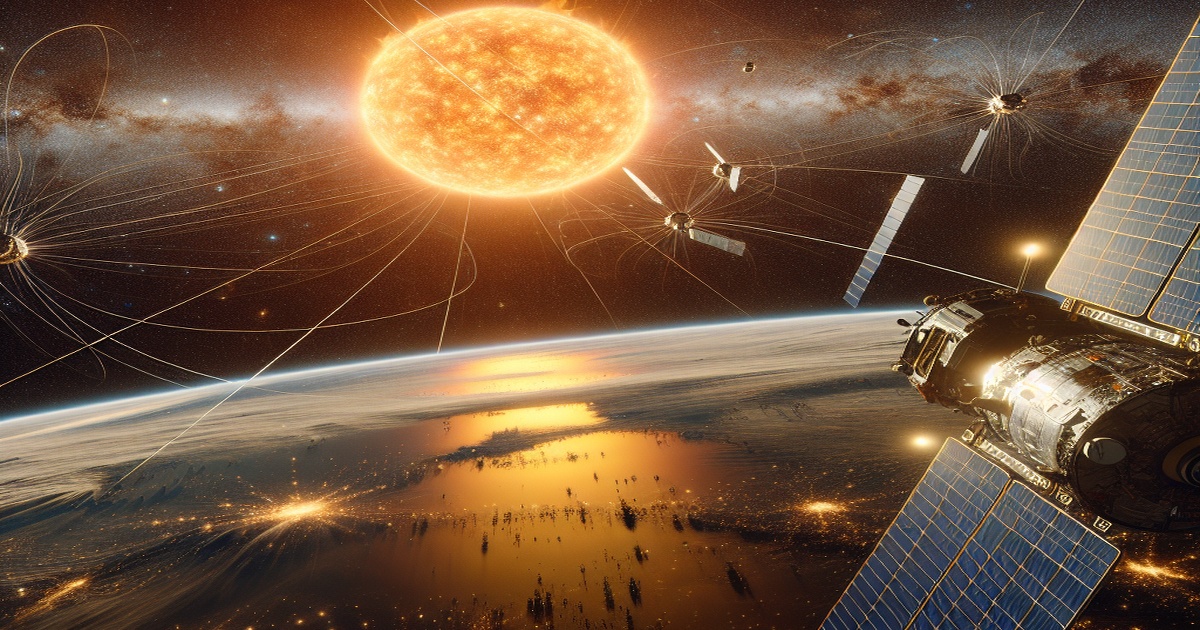On November 24, 2024, a SpaceX Falcon 9 rocket launched 20 Starlink internet satellites into orbit from Vandenberg Space Force Base in California.
Recent studies indicate that the Sun's increasing activity is impacting Earth's satellites, particularly those within SpaceX's Starlink constellation. As the Sun approaches the peak of its 11-year cycle, intensified geomagnetic storms are causing a rise in the number of Starlink satellites deorbiting and falling back to Earth.
An expert has cautioned that while Starlink satellites typically disintegrate during atmospheric re-entry, their deorbiting phase still presents risks. The unpredictable trajectories of these satellites can create collision hazards for other spacecraft in Low Earth Orbit (LEO).
SpaceX began launching Starlink satellites in 2019, with the first atmospheric reentries occurring in 2020. The number of falling satellites has increased over time. In 2024, the figure surged dramatically. Researchers analyzed the reentries of 523 Starlink satellites between 2020 and 2024, a period marked by increasing solar activity, and found a clear correlation between solar behavior and satellite deorbiting.
The rise in solar activity leads to increased solar ejections, which heat the upper atmosphere. This added energy causes the atmosphere to expand, increasing drag on spacecraft in low Earth orbit and making it harder for them to maintain their trajectories. This phenomenon is normal and is caused by atmospheric anomalies due to heightened solar activity.
Some high-value satellites have autonomous orbit adjustment capabilities to mitigate the impact of solar activities. However, Starlink satellites are designed as low-cost, high-density, and mass-produced satellites with frequent launches, and they generally have weaker orbit control. This can significantly reduce their operational lifespan.
While Starlink satellites tend to burn up quickly in the atmosphere, and are unlikely to become long-term space debris or to hit the Earth's surface, the greatest risk arises during the deorbiting phase. The unpredictable descent paths of these satellites can pose unexpected obstacles for other spacecraft. Careful monitoring of satellite trajectories is crucial prior to any launch.







5 Comments
Mariposa
This is a natural phenomenon. The sun's cycles are predictable, and it’s understandable that satellite lifespans are affected.
Muchacha
Glad to see that research is being done to understand these deorbiting issues better.
Bella Ciao
The sun may have an effect, but it seems the internet is still pretty solid on Starlink.
Comandante
Interesting read. It's good to be aware of these challenges as we expand into space.
Coccinella
Well, guess we can kiss high quality internet on Starlink goodbye.